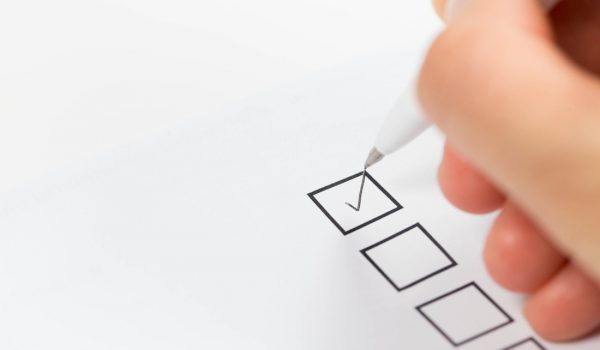Many companies across the U.S. are quickly modifying equipment and repurposing factories to produce medical devices and personal protective equipment (PPE) in response to the COVID-19 pandemic. The benefits of entering the medical device and PPE industry can provide significant incentives, but there are countervailing risks that require careful consideration.
Companies need to be cognizant of the burdensome regulatory framework awaiting any permanent entrant into the industry. The specter of products liability claims looms large over the healthcare industry and presents unique considerations for any company unfamiliar with the liability risks associated with the production of PPE and medical devices.
Both federal and state governments have afforded manufacturers significant protection from products liability claims to encourage the production of essential devices and equipment during the pandemic.
Chief among these is the Public Readiness Emergency Preparedness Act (PREP Act), which authorizes the Secretary of HHS to issue declarations providing qualified liability immunity to “Covered Persons” that are manufacturing, distributing, or administering “Covered Countermeasures.”
This includes medical devices and PPE used to combat public health emergencies, including COVID-19. Many states have enacted statutes that mirror the PREP Act’s COVID-19 declaration and, in some cases, afford a greater degree of protection.
Relying solely on these statutory protections, however, may be inadequate and is likely a shortsighted approach since they are unlikely to endure beyond the COVID-19 pandemic, considering
the scope of the Federal Food and Drug Administration’s (FDA) regulatory framework governing the production of medical devices and PPE.
While many manufacturers may have entered the industry under FDA Emergency Use Authorization (EUA), relaxing certain approval and registration requirements, companies typically expend millions of dollars and tens of thousands of labor hours obtaining approval to market a device or PPE.
Running afoul of FDA regulations carries significant risks, the most perilous of which may be products liability claims. Adhering to the safety hierarchy of “design, guard, warn” is a wise course to minimize hazards and risks associated with a product. The following checklist presents key considerations for manufacturers when evaluating the production of an FDA regulated product:
Prepare a hazard analysis. In accordance with the safety hierarchy, for each hazard identified, companies should attempt to eliminate or minimize the risk using an established priority: (i) design out the hazard, if possible, (ii) guard against the hazard if a design solution is not possible, and finally, if design and guarding solutions are not available, (iii) effectively warn against the residual risks.
Prepare compliant and consistent warnings, instructions, and/ or labeling for risks associated with a product. Compliance with all warning and/or labeling specifications mandated in federal regulations and/or an EUA is essential. Engaging legal counsel is particularly important when preparing these items as experienced attorneys can ensure the proposed content satisfies any applicable requirements.
Maintain sufficient insurance. Although regulatory noncompliance is not an insurable risk, defense of products liability claims is. Procuring a comprehensive general liability (CGL) policy can mitigate the cost associated with products liability claims with a “products hazard” provision.
Ensure adequate indemnification. If a manufacturer plans to source their product or component parts, they should negotiate contractual indemnification clauses and be named as an “additional insured” on the CGL policy of the supplier. Ideally, the manufacturer can demand that its suppliers defend and indemnify the manufacturer in a products liability lawsuit.
Any manufacturer subsequently pursuing a sale of its business must negotiate a provision making the buyer responsible for products liability claims arising after the sale to avoid retaining liability for any products the seller manufactured.
Understand the impact of an EUA expiring. Use of authorized products approved under an EUA is permissible only for the duration of the accompanying emergency declaration.
When a manufacturer contracts with medical service providers or others for the purchase and/or use of these products, it should ensure the contract contains clear language stating that all use of the product must cease upon the expiration, termination, or revocation of the declaration and/or EUA.
Companies include language requiring a certification that the purchaser discarded and/or removed from use all authorized products upon the expiration, termination, or revocation of the declaration and/or EUA.
Conclusion
A comprehensive approach to minimizing liability is required for those companies contemplating a permanent entry into FDA regulated manufacturing industries. Committing to such an approach may enable management to position the company for a well-considered entry into a potentially lucrative market.

